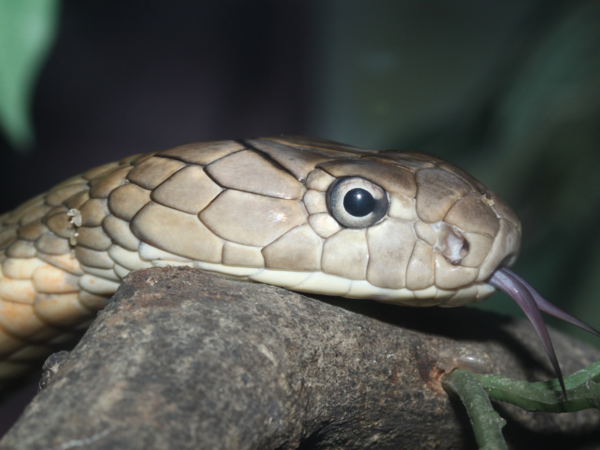ARTICLE AD BOX

Recently, in the last month, a surprising and unheard-of phenomenon has been seen in Nepal. Ten highly venomous snakes, including nine king cobras and one monocled cobra, have been found in and around Kathmandu, Nepal.
These snakes, normally found inhabiting warm, tropical areas, are hardly, if ever, seen in mountain areas with higher altitudes. And yet, they are now being found just 160 kilometers from Mount Everest, in places famous for their colder, mountainous weather.This sudden occurrence has sent warning bells among researchers and wildlife experts, who point out that it could be more than a one-time incident. Experts say that it could be an indication of the growing effects of climate change.
Which cobras were found?
The snakes found in Kathmandu are two species:1. King Cobra (Ophiophagus hannah)This is said to be the longest venomous snake globally, measuring 18 feet long. The king cobra loves living in dense Indian and Southeast Asian forests. Its occurrence in cold, high-altitude areas, such as those surrounding Kathmandu, is very rare and something to be worried about.2. Monocled Cobra (Naja kaouthia)It is identified by the round disc "monocle" mark on its hood.
It generally inhabits the hot, lowland regions of South and Southeast Asia, the rice paddies, marshes, and swamps. Like the king cobra, it does not inhabit mountain terrain.

Why the find is alarming is that these snakes weren't merely moving through forests. They were spotted in urban residential areas like Bhanjyang, Gupaleshwar, Sokhol, and Phool Chowk, some even within homes and courtyards. Rescue squads trapped and set the snakes free into surrounding forests without any harm.
However, discoveries of snake nests and eggs in these forests show that they may also be reproducing in these cooler spots.
Climate Change as a Driving Force
Climate change has been referred to by scientists and conservators as a likely cause of this unusual migration of tropical snakes into Nepal's mid-hills and mountains.Research indicates that the temperature in Nepal's mountain region is rising at a rate of approximately 0.05°C every year, a rate higher than that found in the nation's low-lying Terai region.
This warming is forming new "microclimates" in higher elevations where species that were once limited to hot and humid environments can now survive and even flourish.

Human activity may be another possibility.
In addition to climate change, human action might also be responsible for this spread. Subodh Acharya, a rescue instructor, says that snakes might be unknowingly carried on trucks bringing agricultural products like hay or timber from the Terai lowlands to the highlands.As the recent invasion of poisonous snakes in Kathmandu is raising new issues, it should not be overlooked that existing threats in southern Nepal are still present. The Terai belt is still a snakebite hotspot where fatal bites occur.Every year, around 2,700 individuals succumb to venomous snakebites in the Terai. Women and children are especially at risk. This highlights the ongoing risk snakes present to human life, one potentially now spreading into new areas due to global warming and human migration.



.png)
.png)
.png)
















 6 days ago
7
6 days ago
7









 English (US) ·
English (US) ·